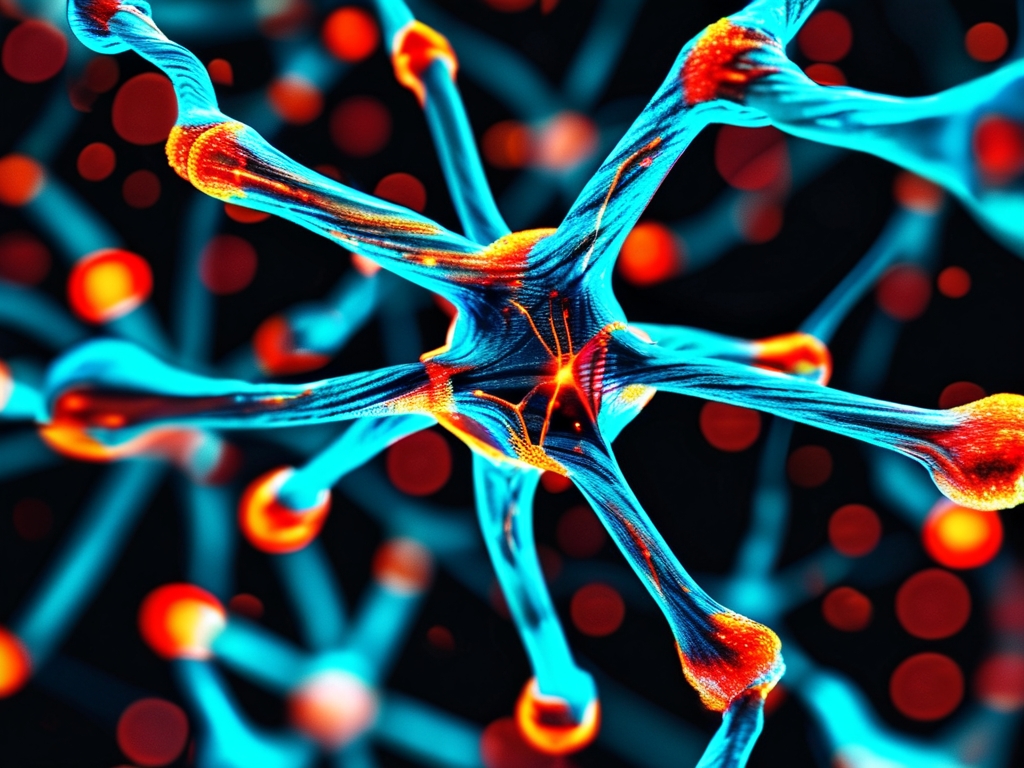The interplay between artificial neural networks (ANNs) and biological neural networks (BNNs) represents one of the most fascinating intersections of modern science, blending neuroscience, computer science, and artificial intelligence. While these two concepts share foundational principles, their differences highlight both the ingenuity of human engineering and the complexity of natural biological systems. This article explores their relationship, emphasizing how ANNs draw inspiration from BNNs while diverging in structure, function, and application.

1. Foundations of Neural Networks
At their core, both biological and artificial neural networks process information through interconnected nodes. In BNNs, neurons—specialized cells in the nervous system—communicate via electrochemical signals. Synapses, the junctions between neurons, strengthen or weaken over time, enabling learning and memory. Similarly, ANNs consist of artificial neurons (or "nodes") arranged in layers, with weighted connections that adjust during training to optimize performance.
The conceptual similarity lies in their distributed computation: neither relies on a centralized processor but instead leverages parallel processing across interconnected units. This parallel architecture allows both systems to handle complex, nonlinear tasks—from recognizing faces to predicting weather patterns.
2. Structural Differences
Despite shared principles, structural disparities are profound. BNNs exhibit staggering complexity: the human brain contains approximately 86 billion neurons, each connecting to thousands of others via synapses. These networks are dynamic, three-dimensional, and capable of self-repair and reorganization (neuroplasticity). In contrast, ANNs are simplified abstractions. Most modern ANNs operate in layers (input, hidden, output) with predefined connection patterns. While deep learning models may contain millions of nodes, they lack the biological brain’s adaptability and spatial organization.
Moreover, biological neurons operate asynchronously, firing at varying rates and timings, whereas ANN computations are typically synchronous, processed in discrete steps. Energy efficiency also differs drastically: the human brain consumes roughly 20 watts, while training large ANNs demands massive computational resources and energy.
3. Learning Mechanisms
Learning in BNNs occurs through synaptic plasticity, governed by rules like Hebbian theory ("neurons that fire together wire together"). Experiences strengthen frequently used pathways and prune unused ones. In ANNs, learning is mathematical: algorithms like backpropagation adjust connection weights to minimize errors between predictions and actual outcomes. While both systems "learn," biological learning is unsupervised, continuous, and context-aware, whereas ANNs often require labeled datasets and explicit training phases.
Recent advances, such as unsupervised learning and reinforcement learning in AI, aim to mimic biological learning’s flexibility. However, no ANN yet replicates the brain’s ability to generalize from minimal data or adapt to entirely novel scenarios.
4. Functional Overlaps and Applications
ANNs excel in tasks inspired by biological capabilities. Convolutional neural networks (CNNs), modeled after the visual cortex, revolutionize image recognition. Recurrent neural networks (RNNs) mimic sequential processing in brain regions like the hippocampus, enabling advancements in natural language processing. These applications underscore how ANN design borrows from neurobiological principles.
Conversely, insights from ANNs inform neuroscience. For example, researchers use ANN models to test hypotheses about brain function, such as how hierarchical layers in the visual system process edges, shapes, and objects. This bidirectional relationship accelerates progress in both fields.
5. Limitations and Ethical Considerations
While ANNs achieve superhuman performance in specific domains, they lack the holistic intelligence of biological systems. BNNs integrate sensory input, emotions, and consciousness—features absent in ANNs. Additionally, ANNs face challenges like explainability: unlike the brain’s transparent (if complex) processes, deep learning models often function as "black boxes."
Ethical questions also arise. As ANNs approach greater autonomy, concerns about bias, accountability, and societal impact grow. Meanwhile, attempts to replicate biological intelligence raise debates about consciousness and the moral status of synthetic systems.
6. Future Directions
The future of ANNs and BNNs lies in convergence. Neuromorphic computing aims to build hardware that emulates biological neurons’ energy efficiency and parallel processing. Projects like IBM’s TrueNorth and Intel’s Loihi prototype chips that mimic synaptic activity. Similarly, interdisciplinary "brain-inspired AI" seeks to integrate biological principles—such as spiking neural networks (SNNs)—into ANN architectures.
On the biological side, brain-computer interfaces (BCIs) leverage ANN algorithms to decode neural signals, enabling paralyzed individuals to control robotic limbs. These innovations highlight the symbiotic potential of combining biological insights with artificial systems.
Artificial neural networks and biological neural networks are intertwined yet distinct. ANNs abstract the brain’s computational principles to solve real-world problems, while BNNs remain unmatched in adaptability and efficiency. By studying their relationship, scientists and engineers uncover opportunities to enhance AI capabilities and deepen our understanding of the human mind. As this synergy evolves, it promises to reshape technology, medicine, and our perception of intelligence itself.


